My name is Vincent Mazzella and I’ve been a toy photographer based in New York for close to 5 years with no sign of stopping. By day I work as a patient services rep at a health care facility but as soon as the time comes to punch out, the gears begin to turn and the creative juices start flowing. I go home bust out my camera and lights because after work it’s time to start photographing some figures!
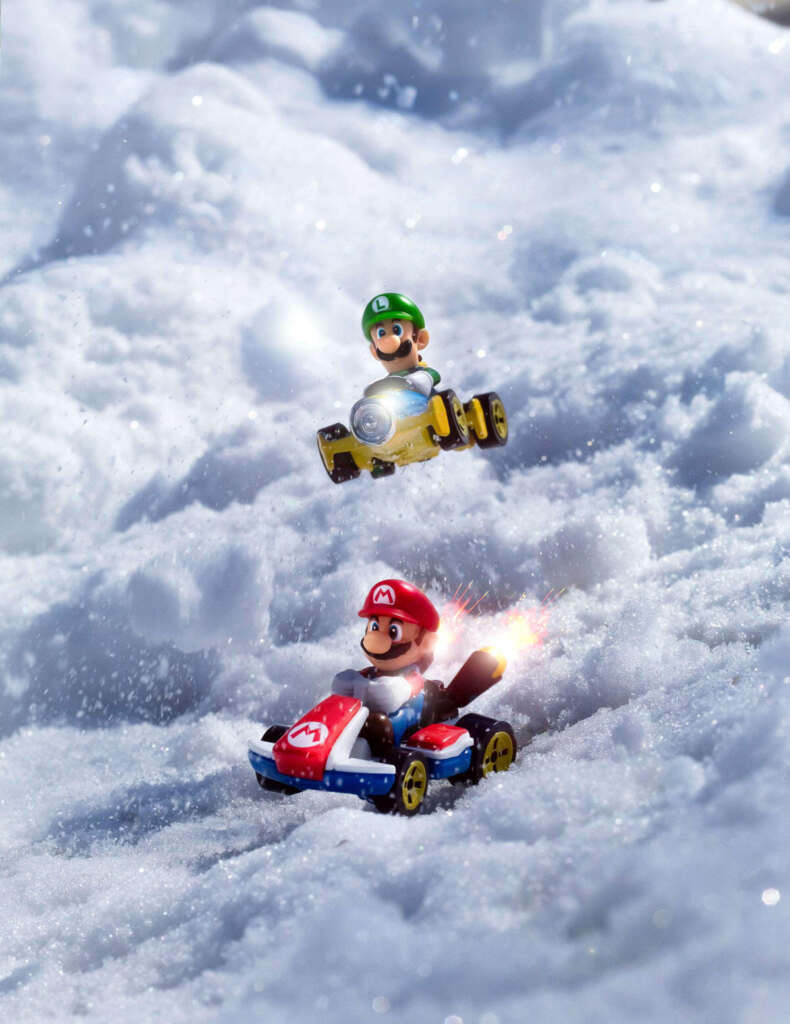
What attracts you to this hobby?
It all started when I saw a video of Sir.dork creating an amazing action scene involving Darth Vader force choking a bunch of Stormtroopers. Sir.dork acted as my gateway to Toy photography and continues to be a huge source of inspiration and knowledge for different photography techniques. As someone who had no shortage of figures collecting dust on his shelf, I wanted to try my hand at photographing toys. What else was I gonna do with them? This was before I had a DLSR, though, so I only had the camera on my phone to rely on. I took my Marauder figure from Doom Eternal using a black sheet as a background along with a couple of lights and got into position for the photo. The result…wasn’t all that stellar. But, it was my first step in a long creative journey to being a toy photographer. I could see the potential in pursuing this. What I could learn and create with time and vision? I wanted to create photos like Sir.Dork did. I wanted to get better at something that brought me joy and a sense of accomplishment.
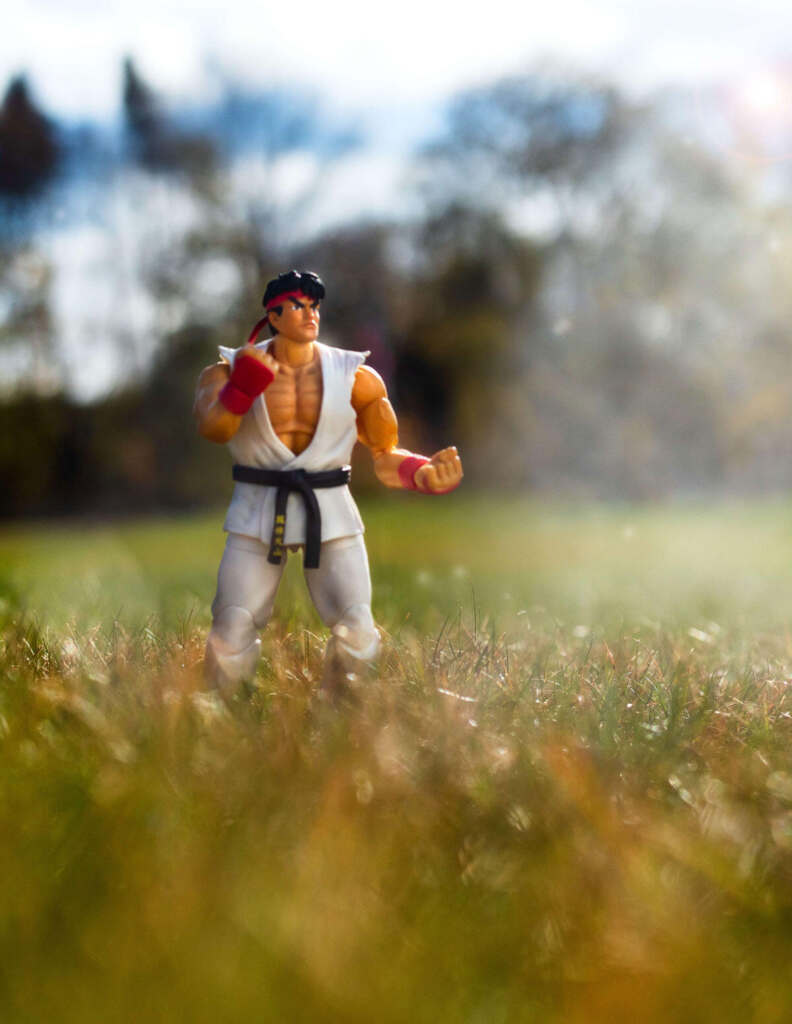
Where do you get your best photography ideas?
My best photography ideas generally come to me when I’m at work or going on another of my many walks. I’m usually sitting at a desk staring at a computer screen for 10 hours a day. It’s as exciting as it sounds, but the constant monotony allows for my mind to wander off and think up some wacky ideas and crossovers you wouldn’t expect. Whenever something interesting pops into my head, I make sure to write it down so I never lose it. Walking also helps because I live in a rural area surrounded by trees and that kind of environment really adds to the overall story within the image. It also gives me a chance to clear my head and narrow the scope of my ideas but if none of these bear any fruit, I tend to look at the work I’ve already done to see if I can glean anything from my past.
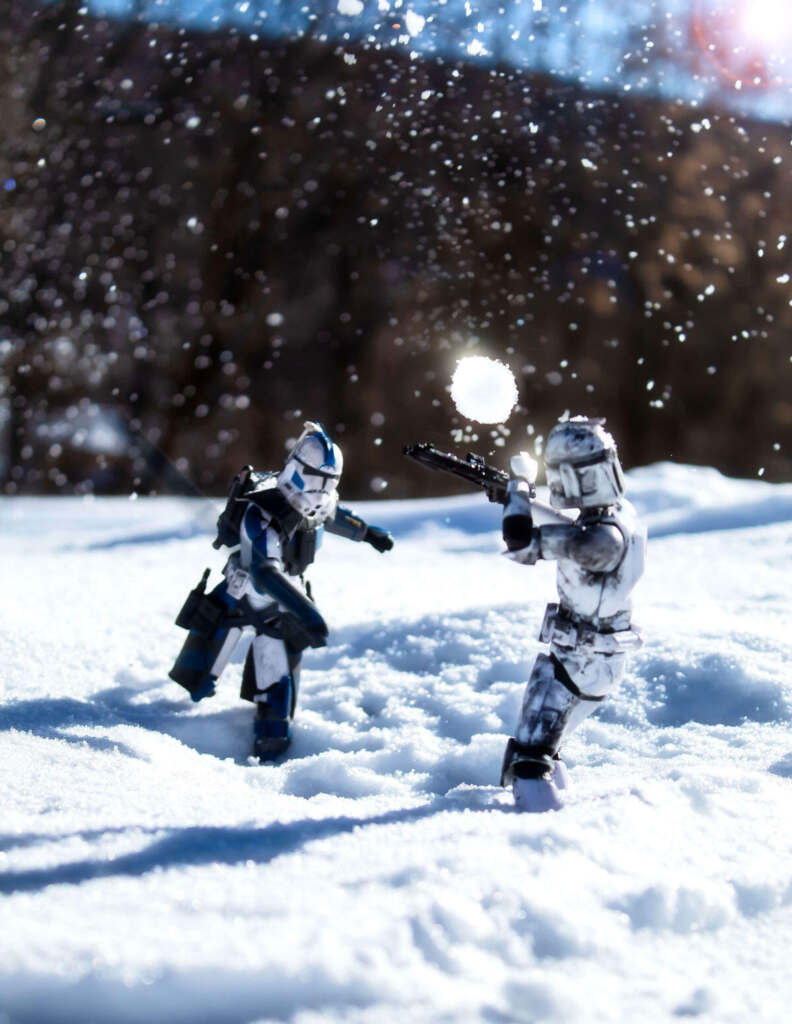
Tell us about your process
Every week, I try to make it a point to take at least one photo. I even write it down in my little black book so I don’t forget. Sometimes, I take more than that if I feel I have enough time to pull it off well. But it can’t be just anything. Once I decide to pursue the idea, I need to figure out the particulars: is it indoor or outdoor? Will I need to bring lights and if so, how many? What’s the angle to effectively convey what I want? What sort of lens am I using? Is it an action shot or a portrait shot focusing on atmosphere and tone? You get the picture (pun intended) but these are just a few of the particulars. Then comes the day of the photoshoot. I try not to rush the process as that will only spell disaster later on. While, I’ve had a few lucky breaks, I try my best not to rely on luck for my photos. At least, not entirely. After the magic has been captured, it’s time for the coup de gras, EDITING!
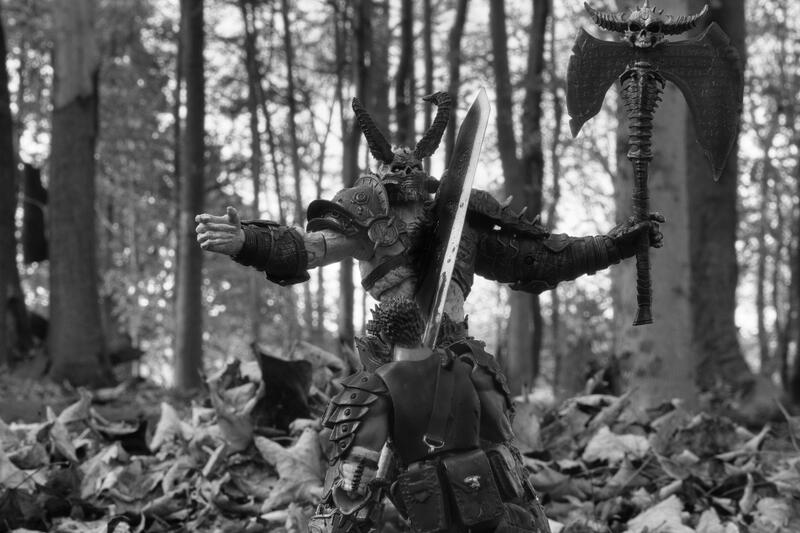
What photography editing software do you commonly use in your image creation and how does it help you express your ideas?
When it comes to editing my photos, I switch between two different photo editing softwares. I mainly use photoshop elements to do the heavy lifting: layering, removing of wires (or wooden skewers), and applying corrections for lighting or lens flares. Then, I export the image and drop it into another software known as Luminar to help with the final touches like coloring and adding some glow effects. Switching between the two may seem like a lot, but it’s a process I’ve grown comfortable with and has given me plenty of material to learn from.
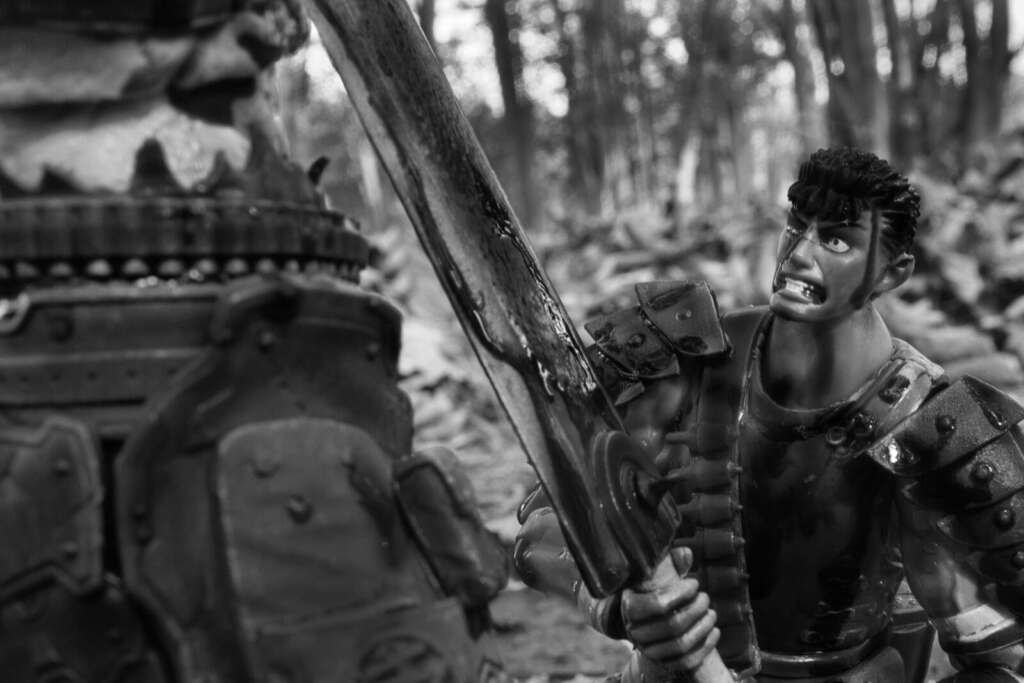
What is your current equipment set-up?
Speaking of my tools, for camera equipment I use a canon DSLR rebel t6i with a basic kit lens (18-35mm), a telephoto zoom lens (75-300mm) and the trusty nifty-fifty (50mm). I’ve had this camera for 4 years and it’s never failed me. I also use two kinds of tripods: a basic tripod you can find on Amazon and a mini-tripod for more grounded shots that you can also find on amazon. Lighting is just as important and I have no shortage of lights to help make my images more dynamic. Nothing fancy by Lume Cube (at least not yet) but I mainly use lights by Ulanzi and Kokoin. I use the ladder on occasion as they tend to make the image all screwy during the editing process. Just as it is important to have good lighting it’s worth it to invest in equipment that cleans your gear. Toy photography can be messy and camera lenses aren’t cheap no matter the camera body. I carry a standard camera cleaning kit and always make time before and after shoots to keep my lenses nice and clean.
Do you have a ‘high-end’ and ‘low-end’ set of gear for your photography?
I tend to lean towards the high end of equipment ever since getting my first DSLR. I’ve only used my phone camera for toy photography a handful of times when I was starting out and even then, it just never felt right to me. I’ll always tend to lean towards a DSLR for greater control over my shots and just feeling more natural for me.
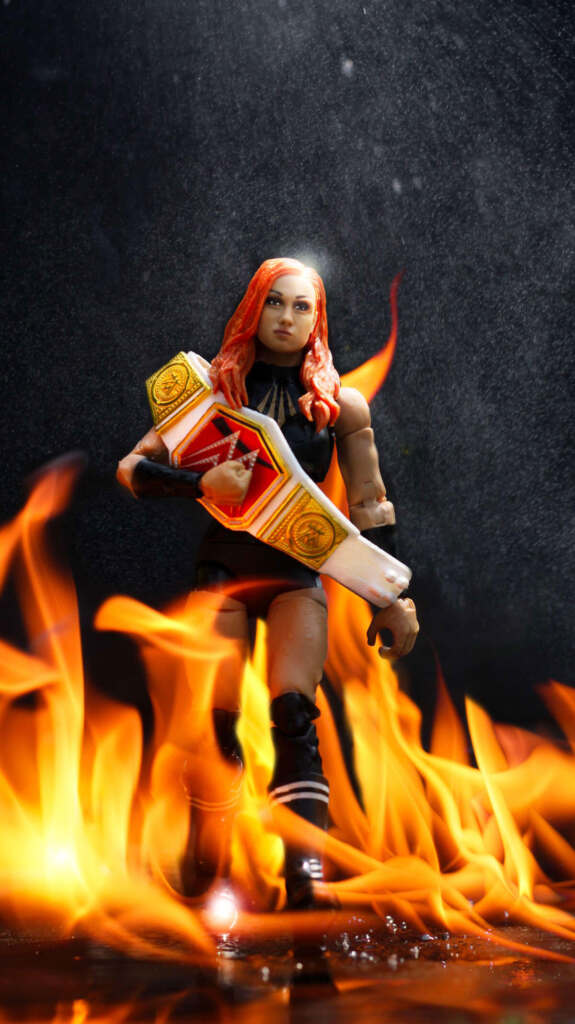
Tell us your favorite photography environment
It greatly hinges on the idea I have for a photo. If it’s outdoors, I need to make sure mother nature is in a good mood and it’s not raining or snowing the day of the shoot. But, weather is just one aspect. I need to know what sort of terrain I’m dealing with because that determines if I’ll need clamps to hold the wires or skewers holding the figures in place. More than likely, I’ll need that indoors as well, but the weather isn’t much of a factor there. The real challenge is what to use for your indoor shot. Regular appliances? Your house pets? Yourself? There’s no right or wrong answer with either setting for me so long as the idea fits the story I want to tell.
What are the essential tools in your toy photography arsenal
Wooden bbq skewers and hardware clamps are tools I always take with me regardless of setting. It saves me a world of frustration and headache trying to keep the figure balanced or maintaining the correct pose on uneven ground. Plus, it’s all reusable! Wires work too, but in my experience tend to be less reliable and not as rigid. Recently, however, I’ve really taken to my hot glue gun allowing me to stick all sorts of things to skewers making action shots much easier to create. One of my favorite photos involving Ash from the Evil Dead series and Chainsaw Man would be less feasible without hot gluing the candy to the skewer and dangling it from above. Same goes for the snowball fight between the two clone troopers. If I didn’t need to plug it in, it would be a tool I take with me onto every shoot.
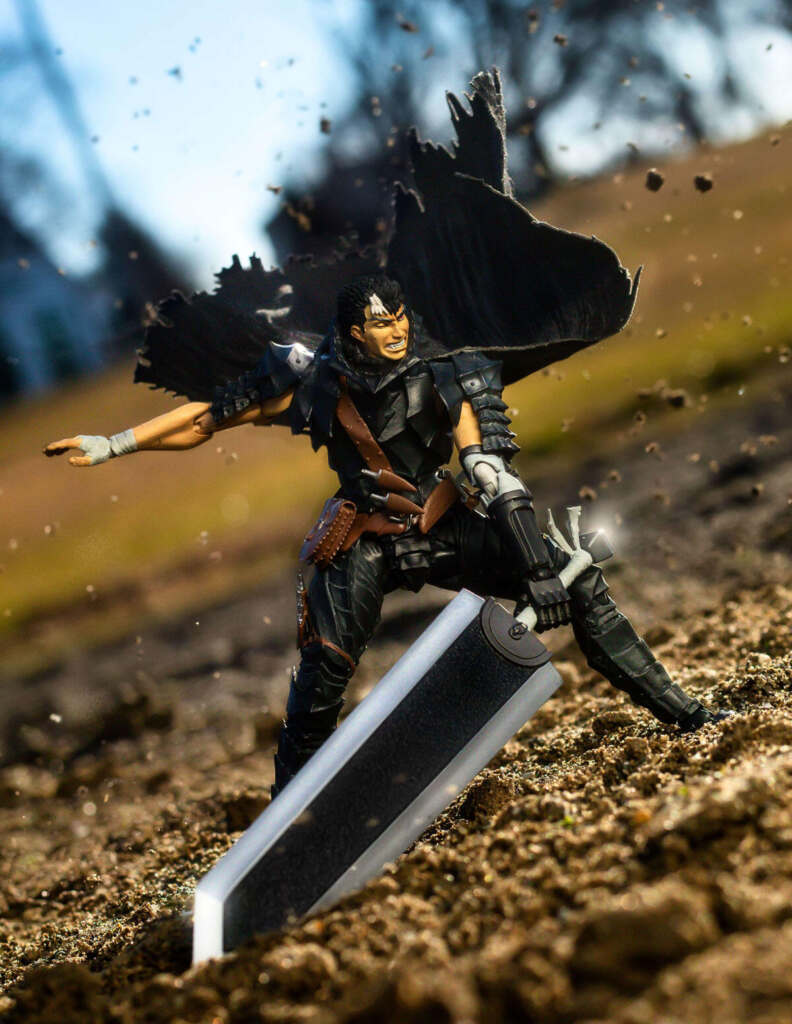
What kind of toys are you interested in photographing?
Despite being a bigger fan of Mortal Kombat than street fighter, the street fighter line of figures by Jada toys is one I’ve had a keen interest in for quite a while. The figures released so far show a ton of promise and with more on the way, it’s a line of toys I want to invest in! They feel like a more budget friendly option compared to the figures made by storm collectibles with a similar level of detail and articulation available. The figures by storm collectibles are great, don’t get me wrong, but I’d be lying if I said I haven’t felt financial anxiety every time I purchased one. When the money was right, the first figure I bought from Jada was the poster boy for the series, Ryu. He was worth every penny! From the packaging to the figure itself, Jada puts a lot of love and care into their merchandise and that goes a long way with me. It’s been a blast recreating some of Ryu’s most iconic poses and moves. I plan on adding even more of the world warriors soon so I can show them off in all of their glory!
What is your favorite toy photography-related memory?
Most of my memories involving toy photography revolve around sharing it with others who have little to no knowledge of the hobby. One such time was when I got the chance to share my work as part of a gallery at my local library. The staff there were holding an event for photographers of all types to share eleven of their best images throughout the months and, seeing this as an opportunity to get my name out there, I went for it. I printed the best images I had at the time and submitted them to the library staff for admission. After a few weeks, there they were hanging on the wall facing the computers for all to see. Sure, it wasn’t a huge gallery space or anything major on the surface, but it was a moment that was huge to me! It was the first time barring classroom projects, I had shared any kind of art within a public space. I consider it my first real step to being an artist. That is a memory I can always look back on fondly as my big moment.
Vincent Mazzella
- Starlight_Tales97 (Instagram)
- Starlight_Tales Photography (Facebook)
- https://starlighttales.portfoliobox.net/about


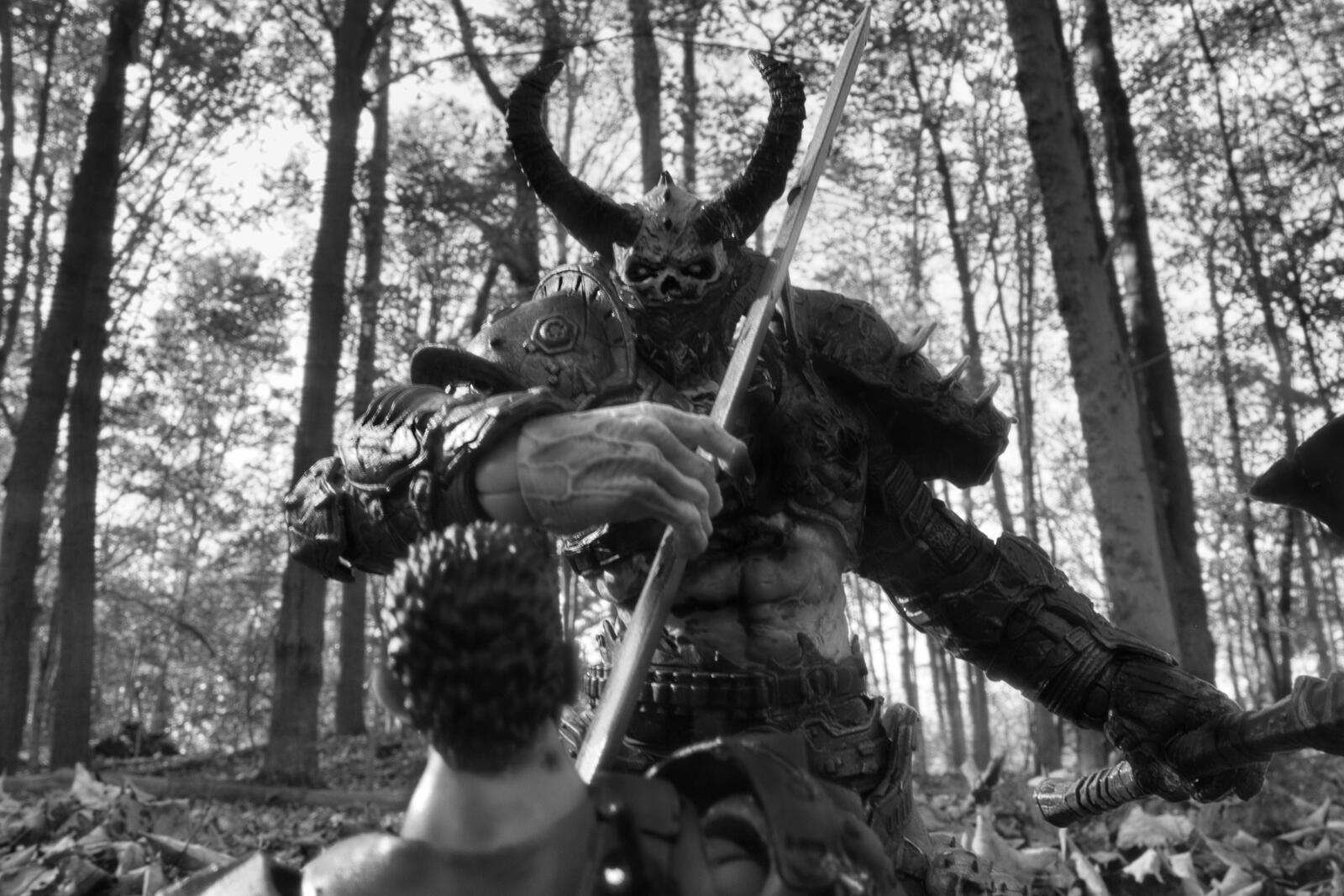
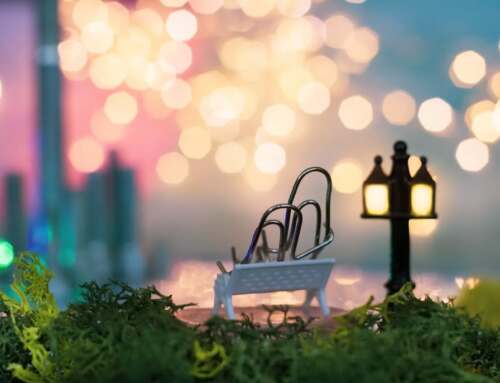
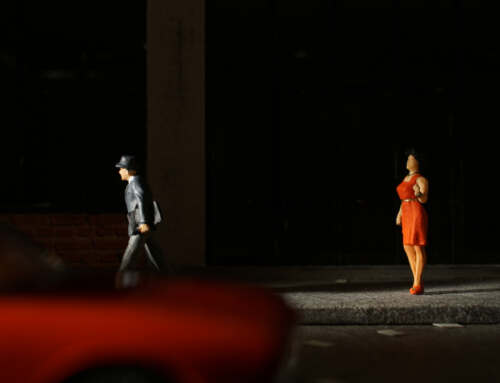
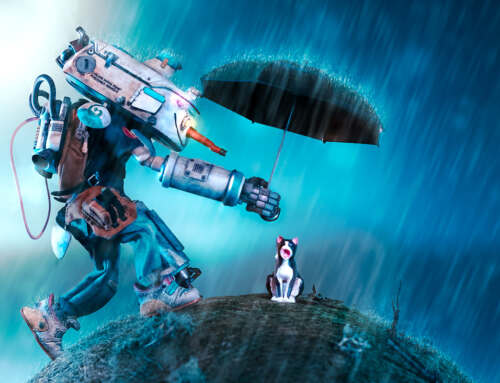
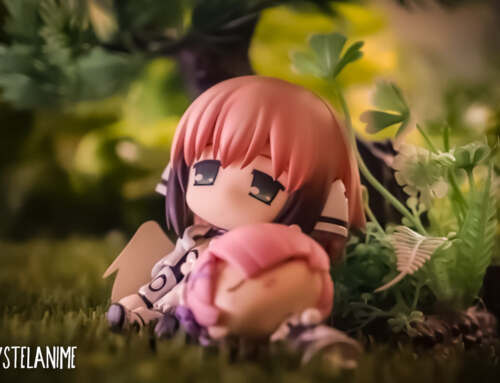
Thanks for sharing yourself with all of us in the toy community. I always enjoy finding out how folks get their ideas and set things up.
Love hearing your toy photo journey, Vincent! Your pics capture the emotion and action of the characters, and I love how you use the environment and angle of the shot to enhance the mood. Hearing your experiences is stirring up inspiration to get out and take some more shots myself!